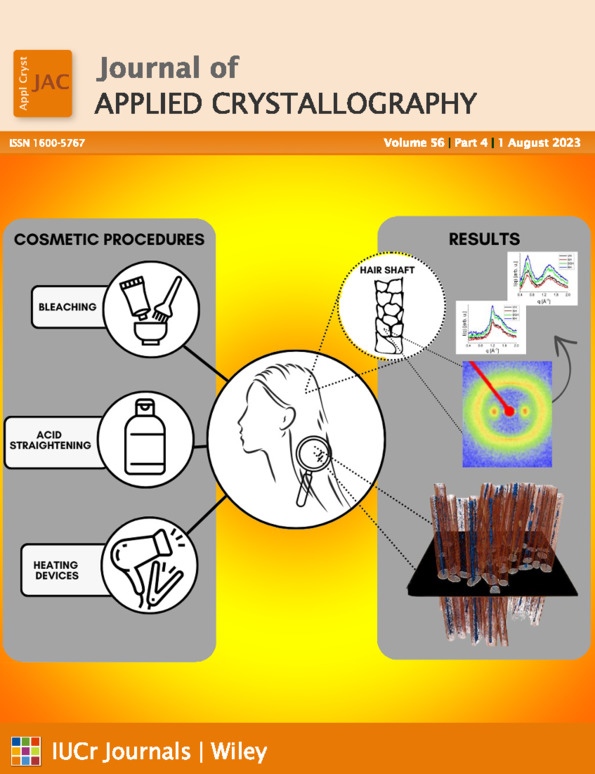Orientation mapping of YbSn3 single crystals based on Bragg-dip analysis using a delay-line superconducting sensor
Abstract
Recent progress in high-power pulsed neutron sources has stimulated the development of the Bragg-dip and Bragg-edge analysis methods using a two-dimensional neutron detector with high temporal resolution to resolve the neutron energy by the time-of-flight method. A delay-line current-biased kinetic inductance detector (CB-KID) is a two-dimensional superconducting sensor with a high temporal resolution and multi-hit capability. Here, it is demonstrated that a delay-line CB-KID with a 10B neutron conversion layer can be applied to high-spatial-resolution neutron transmission imaging and spectroscopy up to 100 eV. Dip structures are observed in the transmission spectra of YbSn3 single crystals, induced by Bragg diffraction and nuclear resonance absorption. The orientation mapping of YbSn3 crystals is successfully performed via the analysis of observed Bragg-dip positions in the transmission spectra.




